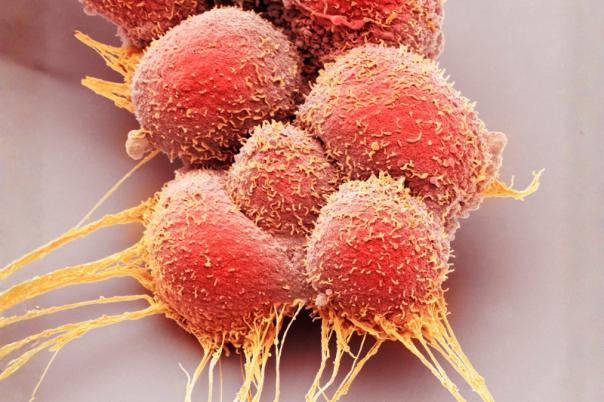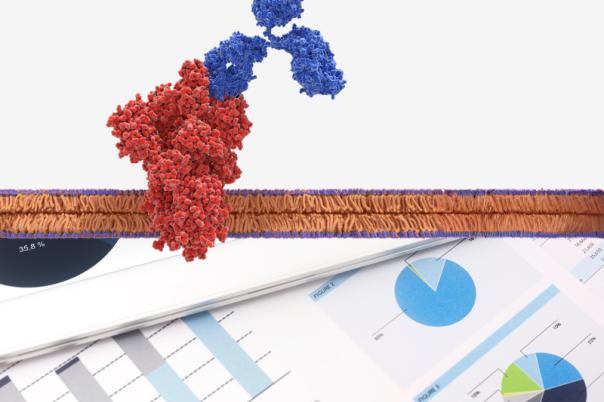Targeted Therapies offer many advantages in the field of oncology but once they begin targeting cancer cells these cells can evolve and develop new mutations and overexpress proteins. Sonia Maciá, Chief Medical Officer of Aromics Therapeutics explained that her company’s rationale centres around controlling cancer-driving proteins by blocking RNA translation to proteins, aiming to silence protein expression before it is produced. This method shifts away from traditional enzyme inhibitors and instead focuses on producing cancer-essential proteins at the most upstream regulatory level.
Quadruplexes are structures found in both DNA and RNA. They are critical for regulating gene expression of telomerase and oncogene promoters. Research indicates that RNA quadruplexes are more stable than their DNA counterparts and have a good safety profile. Maciá explained that Aromics technology allows scientists to identify and develop small molecules that bind to these quadruplexes for different oncogenes.
Maciá introduced their primary asset, AROG4-01 which is about to begin its phase I clinical trial. AROG4-01 targets mRNA by binding to DNA and RNA quadruplexes. This candidate targets the TS (thymidylate synthase) oncogene which is crucial for DNA synthesis and is overexpressed in cancer cells.
The reasoning behind targeting TS is that it is a well-known and characterised oncogene with an essential role in cancer survival. Furthermore, TS serves as both a predictive and prognostic biomarker because high TS expression is typically linked to poor prognosis and patients with low TS expression respond better to 5 fluorouracil.
Yet, most importantly, TS can bind to its own mRNA thus influencing its own translation. Maciá explained that when TS levels are abundant it binds to mRNA to stop translation and cancer cells exploit this autoregulatory mechanism to maintain high TS levels so they support DNA replication. Maciá said: “This mechanism contributes to chemoresistance because when 5 fluorouracil inhibits TS, the resulting reduction in TS triggers a feedback response that paradoxically increases TS mRNA translation, so increasing TS production and therefore leading to drug resistance.” By blocking TS’s ability to repress its own translation, Aromics aims to improve treatment outcomes.
Compared to other RNA-targeted therapies, AROG4-01 offers a selective quadruplex targeting ligand with lower toxicity, no immunogenic effect, and therapeutic efficacy both in vivo and in vitro. Preclinical studies showed that AROG4-01 has higher efficacy compared to standard care (cisplatin pemetrexed) in various solid tumours, including mesothelioma, non-small cell lung cancer, ovarian cancer, and colon cancer.
Aromics Therapeutics presents a disruptive approach to cancer treatment by silencing protein expression at the mRNA level. AROG4-01 addresses a critical gap where traditional targeted therapies fail due to drug resistance and compensatory mechanisms. Finally, the phase I clinical trial for AROG401 will include patients with solid tumours, conducted in Spain at three institutions, with a dose escalation followed by a dose expansion.





